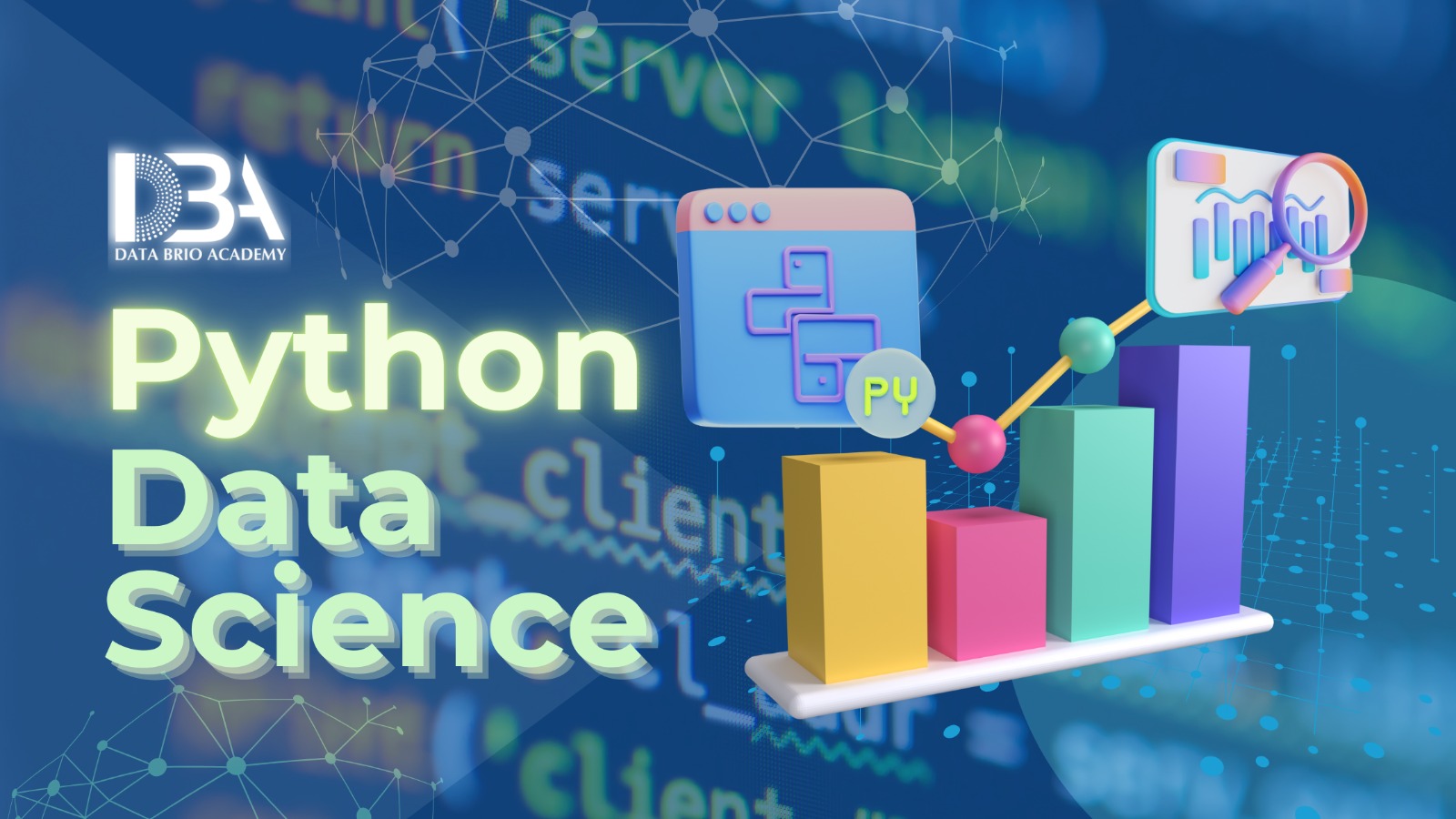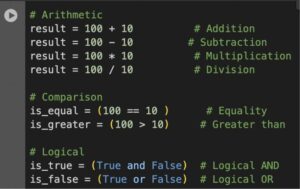Python programming language was created by Guido van Rossum and was released on February 20, 1991.Because of its extremely productive programming compared to other languages, it gained popularity.
According to the Data Science Skills Survey 2022, 90.6% of data science professionals use Python for data science and statistical modelling.
Learning Python is a life-changing experience that opens up a world of possibilities for people who are stepping into the world of coding, especially for those who have a strong interest in data science. In this post, we’ll explore the factors that make Python the preferred language for data science as well as how newcomers can use it to begin their data science journey.
Key Reasons to Choose Python Programming:
- Easy to Learn – Python has simple syntax and rules that make it easy to read and learn.
- Open Source – Python was created under an Open Source Initiative license hence it is free to use both for personal and commercial work.
- Demand – According to the U.S. BUREAU OF LABOR STATISTICS Employment of data scientists is projected to grow 35 percent from 2022 to 2032.
- Libraries- Python has more than 137,000 libraries to choose from including NumPy ,Pandas ,seaborn ,matplotlib .
- Easy Access – Python can be learnt and practiced from a variety of paid and free resources.
Getting Started with Python: A Journey into Code
For individuals who are keen to explore data science, taking the plunge using Python will lead to unlocking a multitude of opportunities. Because of its ease of use and readability, Python is a great language for novices to start with.
We’ll go over the fundamentals of Python grammar, emphasise clean code writing best practices, and introduce you to Jupyter Notebook, a potent tool for interactive development.
Python Syntax
Let us see some python syntax below.
- Variables – Variables are used to store data
- Data types – Python supports a lot of data types including integers , string , floats , list ,tuple and boolean.
- Operators – Operators perform operations on variables and values. Python supports arithmetic, comparison, and logical operators.
Code Readability
Use clear and meaningful names for variables to make the code self explanatory.
Indentation
Python uses indentation to define code blocks. Proper indentation ensures your code is easy to read and understand.
Simple Code
Use simple code, Avoid using complex code when simpler ones can be used.
Interactive Coding with Jupyter Notebook
Jupyter Notebook is an excellent tool for enhancing the interactive and captivating nature of coding. It enables you to build and run Python programmes in an online environment, integrating text, graphics, and code all into one document.
Key features of Jupyter notebook
1.Live Interactions with Code –Jupyter Notebooks leverage the “ipywidgets” packages, which offer standard user interfaces (UI) for exploring code and data interactivity. This makes it possible for users to edit code and send it for a re-run, making the environment code non-static
2.Data Visualization – Jupyter Notebook supports data visualizations, including rendering a few data sets such as charts and graphics. These data sets are primarily generated from codes through modules such as Bokeh, Matplotlib, or Plotly.
- Documentation– Combine code with markdown text, making it easy to document your work and share with others.
Python For Data Science Tasks
Data Manipulation with Pandas -The most suitable Python library for data manipulation is Pandas. Users can load, clean, and change data with its help.
- Loading data :
CSV files – Loading Data from a CSV file is easy and straight forward.
- Excel files – Pandas can also load data from Excel files easily.
- Transforming Data :
Data Analysis with NumPy and Matplotlib :
NumPy: It simplifies mathematical operations and statistical calculations.
Matplotlib: Create visual representations of your data to uncover patterns and insights.
- Basic Statistical Analysis –
- Data Visualization –
Next Steps
Python is capable of far more than just simple data tasks. As you gain experience, explore more sophisticated subjects including deep learning frameworks like PyTorch and TensorFlow and intricate machine learning techniques.
About the Author:
This blog post is a contribution from Arijit Banerjee, who enrolled in our Data Science course with Python at Data Brio Academy and learnt about Python programming. In this article, Arijit explained the reasons for Python being the most preferred language for Data Science.







